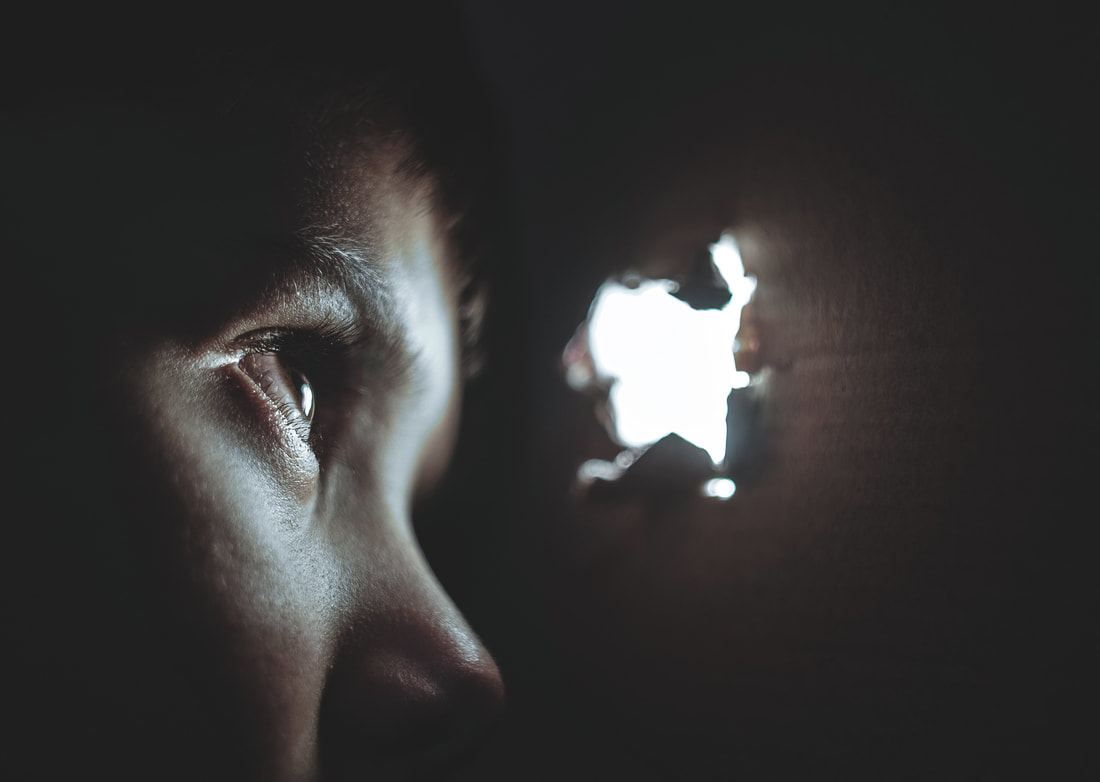ARTICLE / LONG READCUT TO [BEGINNING]
|
BY
|
IN the spring of 1978, John Carpenter and his crew came together for an eight-hour shoot, to produce what we now know as one of the most iconic openings in horror movie history: the four-minute single tracking shot at the start of HALLOWEEN (1978).
We see through the eyes of the killer, stalking a girl inside her home before coming in through the back door, taking a knife from the kitchen and putting on a clown mask left on the floor, then brutally stabbing the girl to death upstairs. The single uncut shot makes us feel like we are not just an onlooker, as we might with a sequence of shots. We are part of the story ourselves and we see the horrific events unfold “in real time”, which increases the tension. In actual fact, there is a cut in the shot, when the killer puts on the clown mask, but it is so cleverly hidden that it is easy to miss. The murder itself is surprisingly non-gory, with very little blood shown. This is likely to have been partially for practical reasons; as it was the last day of filming, more could go wrong. The filmmakers wanted to make a film that was genuinely scary, rather than relying on the shock factor of gore. Contemporary viewers may expect to see more blood in a scene as violent as this one. Our mind tricks us into thinking we have seen more than we actually have. Such an ambitious shot was previously unheard of for a low-budget movie, filmed in as short a time frame as HALLOWEEN. The shoot was not without its difficulties. The crew had worked on restoring the previously-dilapidated house for the shot, but many places had not been redecorated, so the camera operator (Ray Stella, on the then-new Steadicam) had to be very careful about what was visible through the lens. Throughout the four minutes, many angles of the house are captured and, as such, the scene was very difficult to light – especially with the limited lighting equipment that came with being a low-budget production. Many lights had to be moved or hidden during each take so that they would not become visible from another angle later on. Many films of the slasher genre keep the killer’s identity secret for a good part of the film, or even until the finale. However, this is not the case with HALLOWEEN. The first person point-of-view shot introduces us to the villain without showing his face – although we find out through dialogue that his name is Michael, and that he is known to the girl. As the killer heads back out onto the street, the camera cuts to a shot of a person removing the killer’s mask, and we see, to our shock and horror, that the killer is a six-year-old boy – someone we would not expect to commit the atrocities we have just witnessed, and to be later known as the embodiment of pure evil: Michael Myers. Whilst there are many valid criticisms of the scene, from poor acting to strange camera movements and continuity errors, it must be taken in the context in which the film was made: a 1970s low-budget production shot in just 20 days, with mostly new actors and a crew that worked for peanuts. Even with these obstacles, HALLOWEEN redefined the slasher and horror genres and has had a sustained influence over hundreds of movies since. More beginning >>> |


